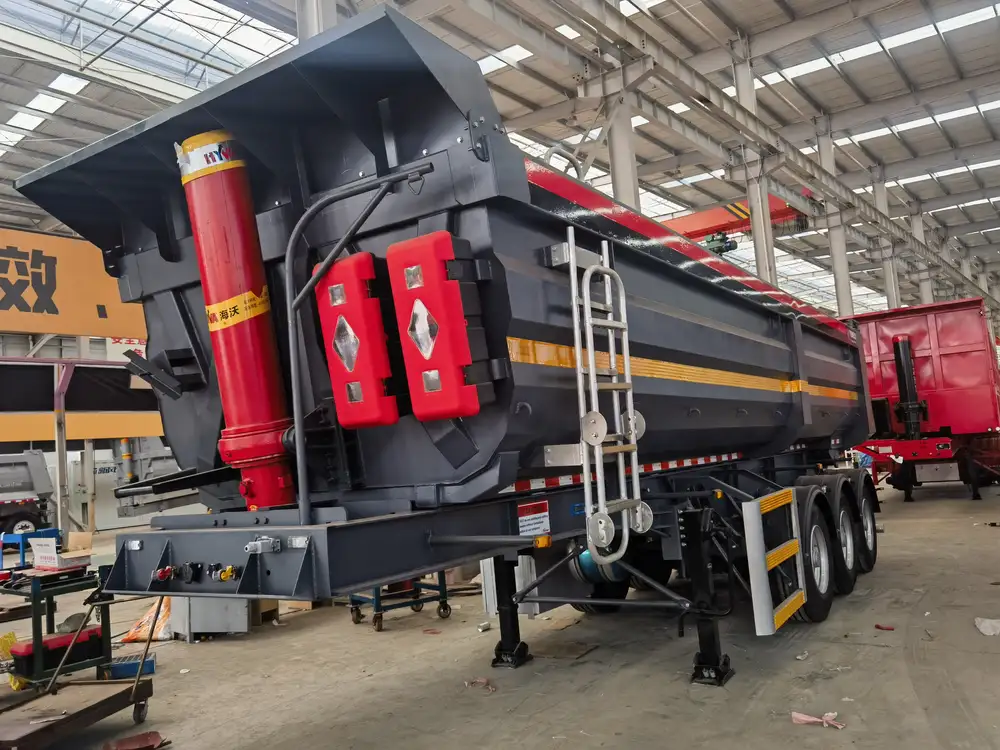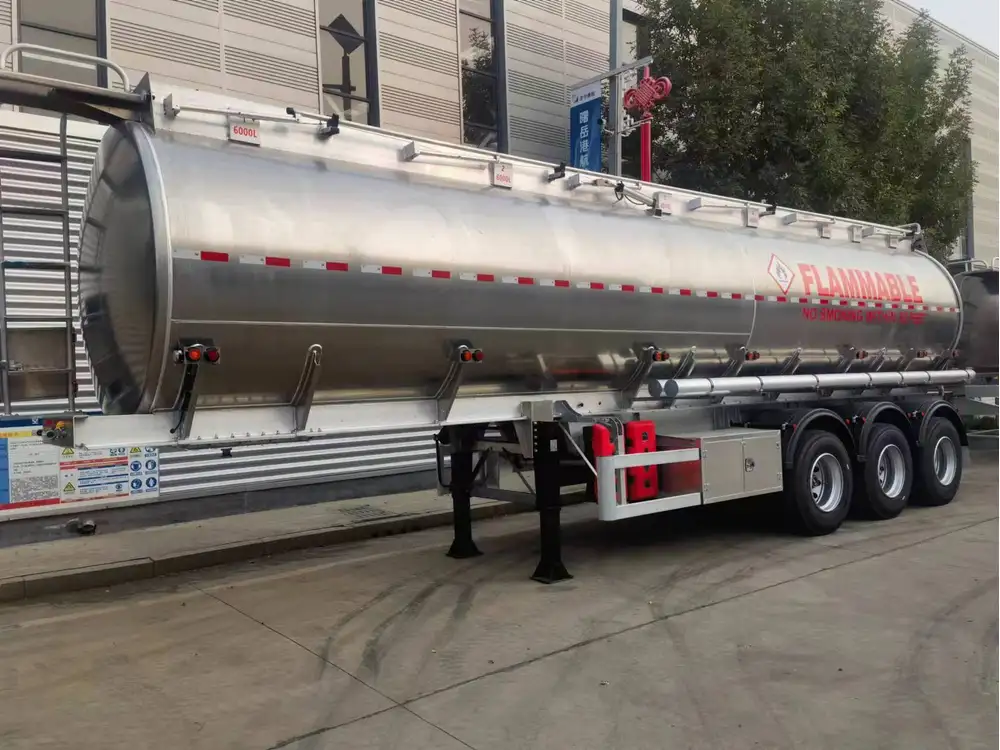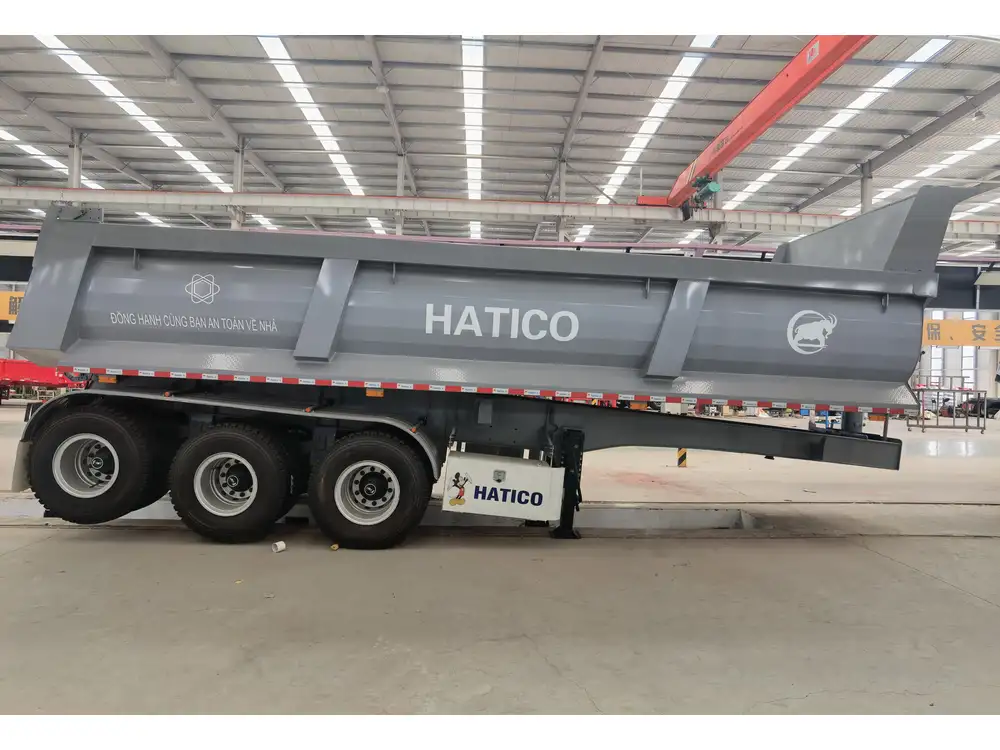Dump trailers have become indispensable for various applications, ranging from construction sites to landscaping, ensuring efficient transport of materials. However, encountering issues—such as a dump trailer not lifting—can be frustrating and impede productivity. In this comprehensive guide, we will delve into potential causes for this malfunction, offer troubleshooting steps, and provide expert recommendations to restore your dump trailer’s functionality.
Understanding the Mechanism
Before we tackle troubleshooting, it’s crucial to understand how a dump trailer operates. The primary components include:
- Hydraulic System: This system utilizes hydraulic fluid to create pressure, lifting the trailer bed.
- Power Source: Typically either a vehicle’s electrical system or an onboard battery.
- Control Switch: The operator’s interface for activating the hydraulic pump.
- Cylinder: Converts hydraulic pressure to mechanical force.
Understanding these components will help diagnose why your trailer may not lift.
Common Reasons for Lift Failure
Several factors may contribute to a dump trailer’s inability to rise. Below are detailed explorations of common issues:

1. Hydraulic Fluid Issues
Low Hydraulic Fluid Levels
One of the simplest and most frequent culprits of lift failure is a low hydraulic fluid level. Inspect the reservoir; if levels are below the minimum mark, the hydraulic pump cannot generate enough pressure to lift the bed.
Contaminated Hydraulic Fluid
Contaminants can severely affect a hydraulic system. Dirt, water, or air entering the fluid can impact its efficiency. Inspect the fluid’s condition; if it appears murky or contains debris, a fluid change and system flush may be necessary.

2. Pump and Power Source Malfunctions
Pump Failure
The hydraulic pump may be malfunctioning—be it a burnt-out motor, wear and tear, or internal damage. Listen for unusual noises when the pump is engaged. If no sound is heard, the pump may need inspection or replacement.
Electrical Issues
If your dump trailer is reliant on a vehicle’s electrical system, check the fuses and connections. A blown fuse, corroded connection, or faulty switch can disrupt power, preventing the hydraulic system from functioning.
| Component | Potential Issue | Troubleshooting Steps |
|---|---|---|
| Hydraulic Pump | No power | Check electrical connections and fuses |
| Hydraulic Cylinder | Leaks or blockages | Inspect seals and hoses for damage |
| Control Switch | Faulty or miswired | Test switch continuity, replace if necessary |

3. Mechanical Limitations
Jammed or Blocked Cylinder
Sometimes, physical obstructions can prevent the hydraulic cylinder from extending. Inspect the cylinder, ensuring no debris or structural damage is obstructing its movement.
Bent or Damaged Components
Structural integrity is crucial for the proper functioning of the trailer. Examine the trailer frame, hinges, and support arms. Any bending or breaking can disrupt the hydraulic lift’s operation.

4. Usage-Related Factors
Overloading
Every dump trailer has a specified weight limit. Overloading can place excessive strain on the hydraulic lift, causing it to malfunction. Always ensure your load is within recommended guidelines.
Improper Angle
A dump trailer requires a correct angle for the hydraulic lift to function efficiently. If the trailer is parked on an uneven surface, it might struggle to lift properly. Position the trailer on level ground to facilitate proper lift.

Step-by-Step Troubleshooting Guide
To efficiently address the problems outlined, we suggest the following structured approach:
Step 1: Conduct a Visual Inspection
- Look for Leaks: Check hoses and connections for any signs of hydraulic fluid leaks.
- Inspect the Power Source: Ensure batteries are charged, and fuses are intact.
Step 2: Assess Hydraulic Fluid
- Check Levels: Top off any low hydraulic fluid.
- Test Quality: Evaluate for contamination and consider replacing it if necessary.

Step 3: Evaluate the Control System
- Test Switches: Use a multimeter to check for continuity in the control switch.
- Inspect Wires: Look for damaged or corroded wires leading to the pump or battery.
Step 4: Test the Pump
- Power On: If possible, directly connect the pump to a known good power source to determine if it operates.
- Listen for Sounds: Unusual noises may indicate internal failure.
Step 5: Examine the Cylinders and Frame
- Inspect for Obstructions: Remove any debris and ensure the lift mechanism is unobstructed.
- Check Structural Integrity: Look for bent or damaged components.

Step 6: Load Management
- Weigh the Load: Avoid exceeding the rated load capacity.
- Adjust Trailer Position: Make adjustments for a level working surface.
Preventive Maintenance Tips
Once your dump trailer is functioning correctly, implementing a preventive maintenance plan can help avoid future issues.
Regular Hydraulic Checks
- Fluid Levels: Regularly check and change hydraulic fluid per manufacturer’s recommendations.
- Leak Detection: Routinely inspect hoses and seals for leaks.

Mechanical Inspections
- Monthly Checks: Conduct regular inspections of structural components and the lift mechanism for signs of wear or damage.
- Lubrication: Ensure all moving parts are adequately lubricated to avoid rust and wear.
User Training
- Proper Usage: Educate operators on correct loading procedures and the importance of maintaining proper trailer positioning.
- Weight Awareness: Be mindful of load weight, ensuring it aligns with the manufacturer’s ratings.
Conclusion
Encountering lift issues with a dump trailer can be a perplexing dilemma, affecting the ease of operations and productivity. By systematically identifying potential causes—from hydraulic fluid issues to mechanical limitations and beyond—you can effectively troubleshoot and resolve the problem. Keeping your dump trailer well-maintained not only enhances its lifespan but also ensures reliable operation whenever you need it.
Should you face ongoing lift issues after performing these steps, it may be time to consult a professional or reach out to your dump trailer manufacturer for further assistance. With the right knowledge and maintenance practices in place, you can keep your operations running smoothly, enabling you to tackle any task with confidence.



